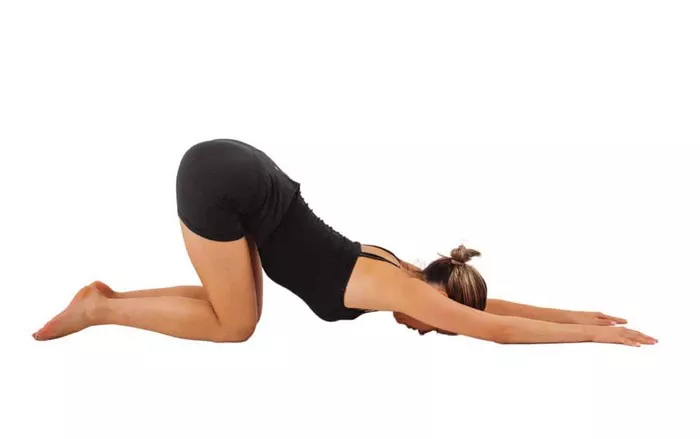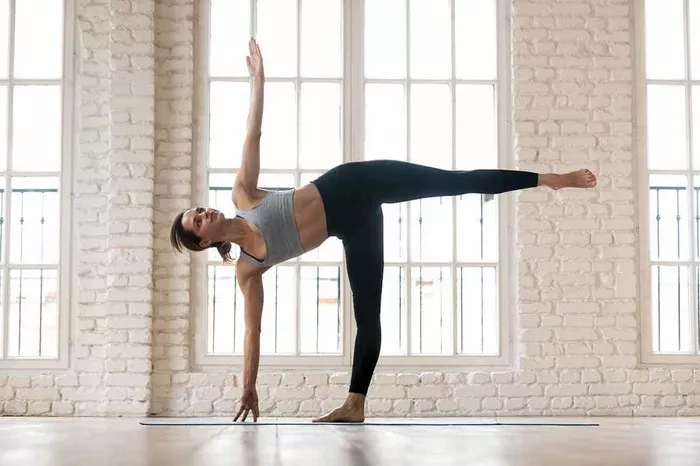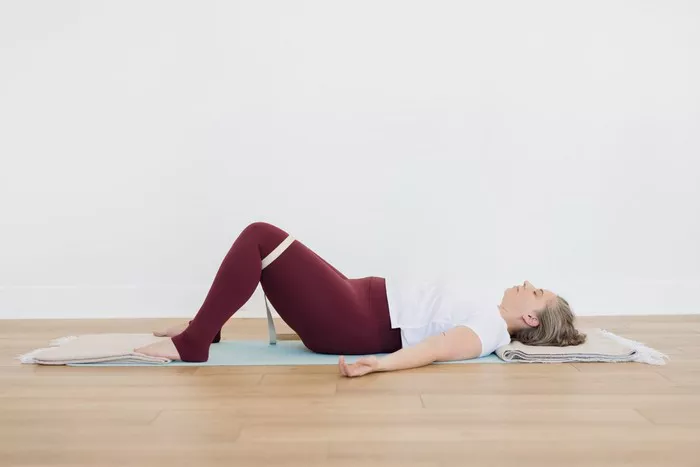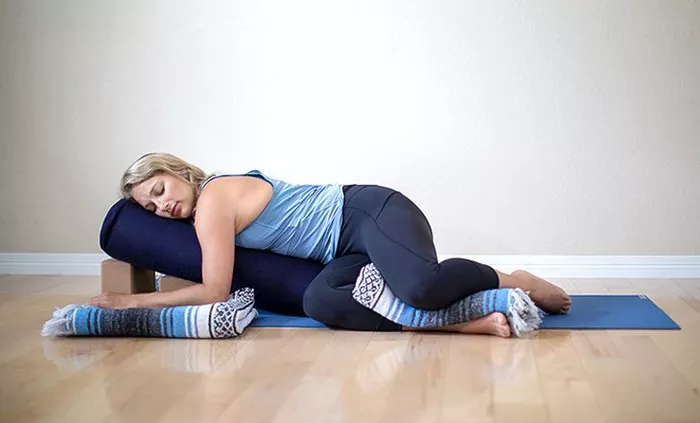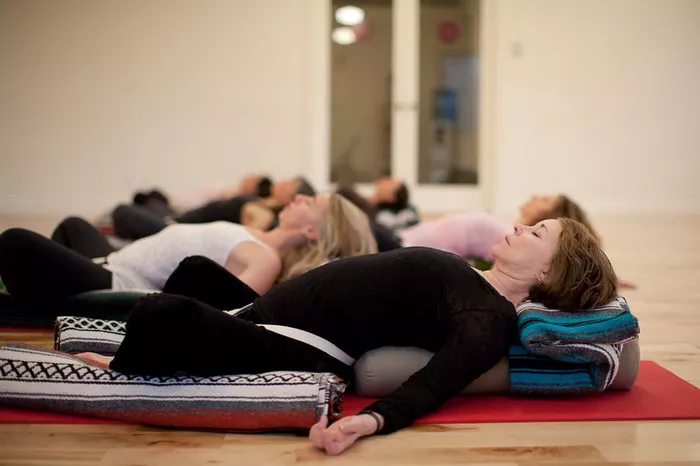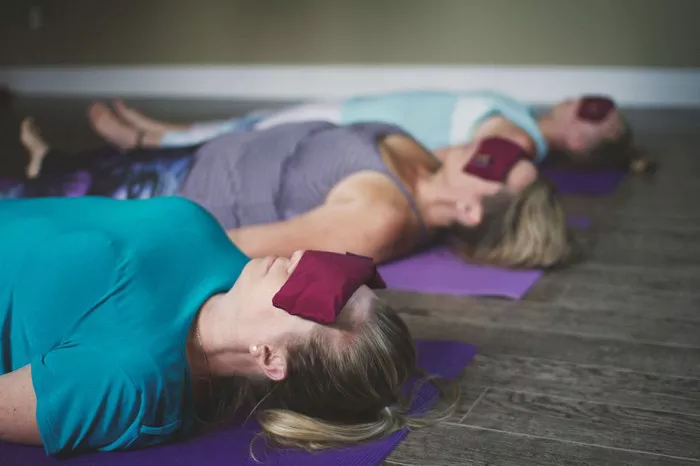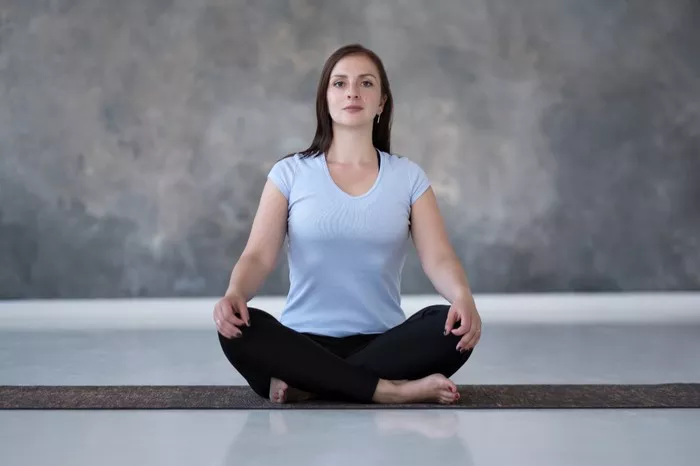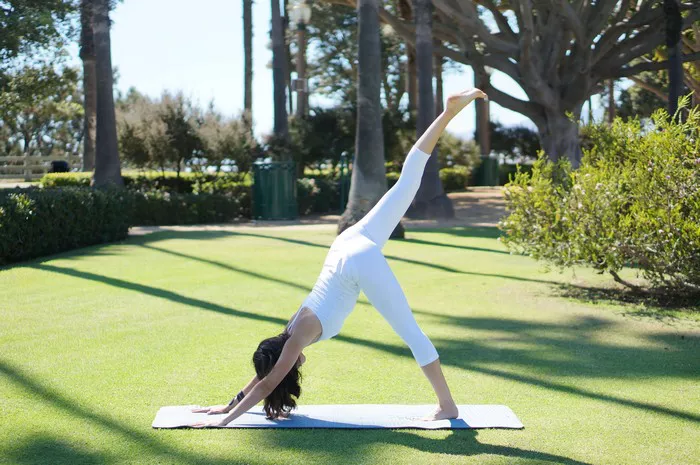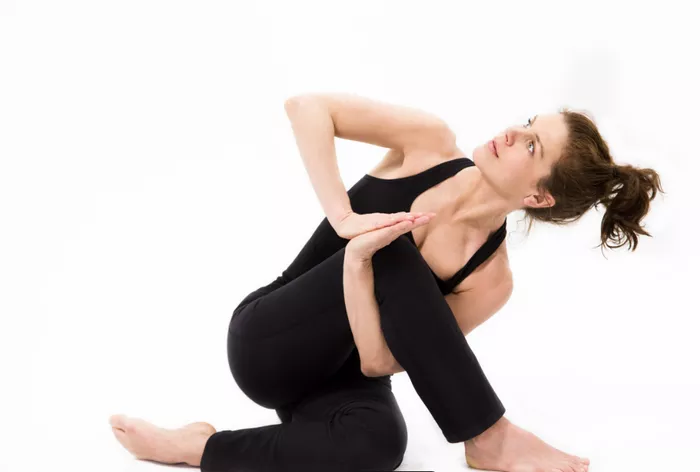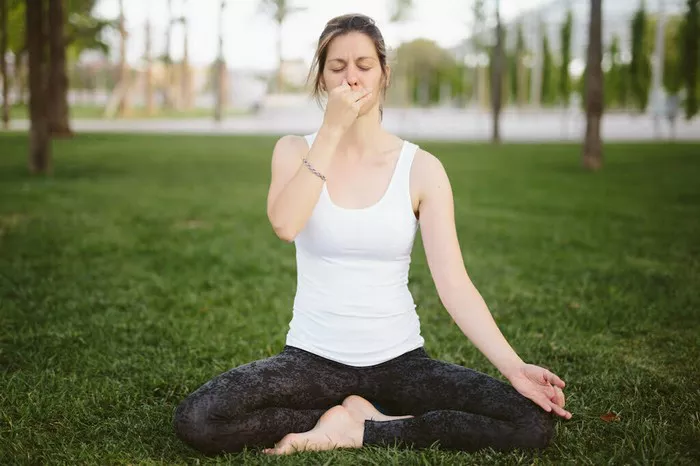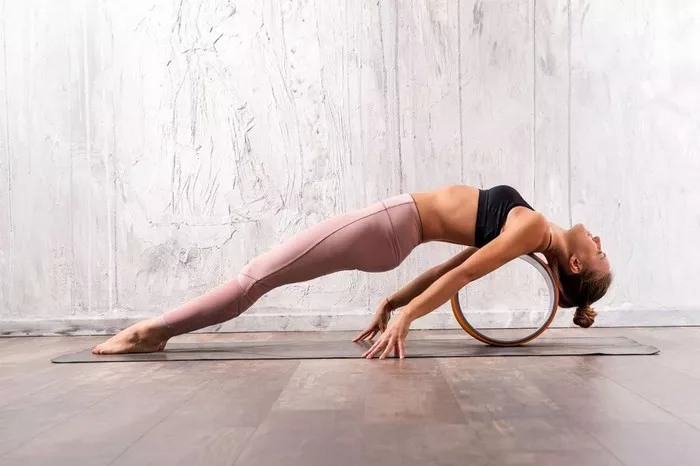The yoga ball, also known as a stability ball, exercise ball, or Swiss ball, is a versatile tool used in fitness and rehabilitation. Originally developed for physical therapy, it has found its place in many fitness routines, workplace setups, and prenatal exercise programs. Its primary function is to improve core strength, balance, posture, and stability. The ball comes in various sizes, generally ranging from 45 cm to 85 cm in diameter, catering to different height and weight categories. Proper sizing ensures that your knees are at a 90-degree angle when you sit on the ball with your feet flat on the ground.
Benefits of Using a Yoga Ball
Using a yoga ball regularly offers numerous benefits for physical health. It activates deep core muscles, which helps improve posture and balance. Unlike traditional chairs, a yoga ball creates instability, prompting your muscles to engage continuously. This continuous engagement strengthens the abdominal, back, and pelvic muscles. Furthermore, it promotes better spinal alignment and reduces the risk of back pain, especially when used correctly in short intervals during desk work or exercise routines. Pregnant women also find relief from lower back pain and improved pelvic alignment by using the yoga ball.
Choosing the Right Duration for Sitting on a Yoga Ball
Determining how long you should sit on a yoga ball depends on your goals, physical condition, and environment. Generally, experts recommend starting with short intervals, such as 20 to 30 minutes, to let your body adapt to the ball’s instability. Over time, you can increase the duration gradually, but it is crucial to avoid extended periods of use without breaks. Prolonged sitting, even on a yoga ball, can lead to discomfort or strain if not paired with proper posture and regular movement. The key is balance and attentiveness to your body’s signals.
Ideal Usage Time Based on Your Purpose
As a Chair Replacement:
- Start with 20-30 minutes per session.
- Gradually increase to 1-2 hours per day.
- Avoid continuous sitting for more than an hour; take breaks.
During Workouts:
- Use as directed in your exercise routine.
- Core exercises typically last 10-20 minutes.
- Recovery and mobility exercises can extend up to 30 minutes.
For Pregnancy Support:
- Use for short periods, 15-30 minutes per session.
- Consult a healthcare provider for personalized guidance.
- Use as part of a broader prenatal exercise or relief plan.
Risks of Overusing the Yoga Ball
Despite its benefits, overusing a yoga ball can lead to muscle fatigue and poor posture if not used mindfully. Sitting for long periods without maintaining proper form can place excessive strain on your spine, hips, and knees. Unlike ergonomic chairs, a yoga ball lacks back support, which means your muscles must work harder. While this can be beneficial in moderation, excessive use can result in discomfort, soreness, and even injury. Therefore, it is important to monitor your posture, take regular breaks, and integrate the yoga ball into a dynamic movement routine.
Tips for Safe and Effective Use
To maximize benefits and minimize risks, follow these essential tips:
- Check the Size: Choose the ball size that aligns your thighs parallel to the floor.
- Mind Your Posture: Keep your feet flat, back straight, and shoulders relaxed.
- Limit Time: Use in short intervals, especially when replacing a chair.
- Engage Core Muscles: Gently contract your abdominal muscles while sitting.
- Alternate Seating: Switch between a yoga ball and a traditional chair.
- Stretch and Move: Take breaks every 30-60 minutes to walk and stretch.
Incorporating the Yoga Ball into Daily Routine
You can easily integrate a yoga ball into your day without overexerting yourself. At work, use the ball during tasks that require short bursts of focus, such as replying to emails or attending virtual meetings. At home, use the ball during TV time or while reading. In your workout regimen, utilize it for exercises like planks, bridges, crunches, or back extensions. The key is to use it intentionally and vary your routine to prevent strain.
Special Considerations for Different Age Groups
Different age groups have unique needs when using a yoga ball. For children, the ball can be a playful tool to develop balance and coordination, but adult supervision is necessary to prevent falls. Adults can use the ball to counteract sedentary lifestyles, especially if working desk jobs. Seniors should consult with healthcare providers before integrating the yoga ball, especially if they have balance issues or osteoporosis. Modifications and assisted exercises can make the ball a safe and effective tool for older adults.
How to Know You’ve Been on the Ball Too Long
Your body sends signals when it needs a break. If you experience muscle fatigue, lower back soreness, or a tingling sensation in your legs, it may be time to switch positions. Additionally, if your posture begins to slouch or you find yourself shifting frequently for comfort, those are indicators that you have been on the ball too long. Use these cues to determine the optimal length of your sessions.
When to Avoid Using a Yoga Ball
There are certain situations where using a yoga ball may not be appropriate. Individuals with balance disorders, recent surgeries, or acute injuries should consult a medical professional before using the ball. During intense focus work or tasks that require stability, a traditional ergonomic chair may be more suitable. Pregnant individuals should seek medical guidance before incorporating the yoga ball into their routine, especially during the third trimester.
Conclusion
In summary, the yoga ball is a valuable tool for enhancing physical health and well-being when used correctly. The optimal duration for sitting on the ball varies based on your specific goals, physical condition, and environment. Start with short intervals, gradually build up, and pay attention to your body’s feedback. Always prioritize good posture, take breaks, and combine the ball with other forms of movement and support. With mindful use, the yoga ball can be a dynamic addition to both your fitness routine and work environment, promoting long-term health benefits without unnecessary strain.
Related Topics:

